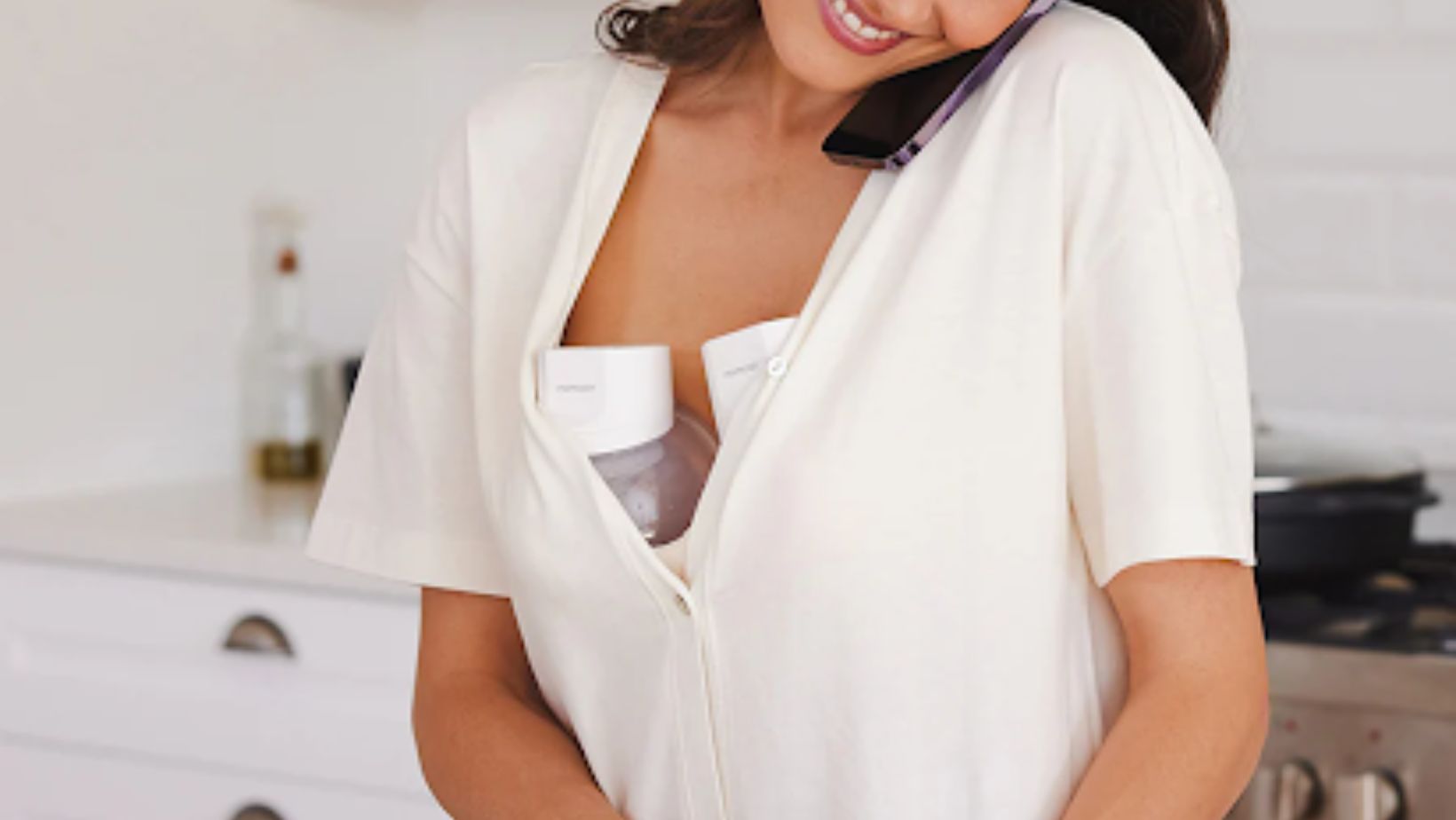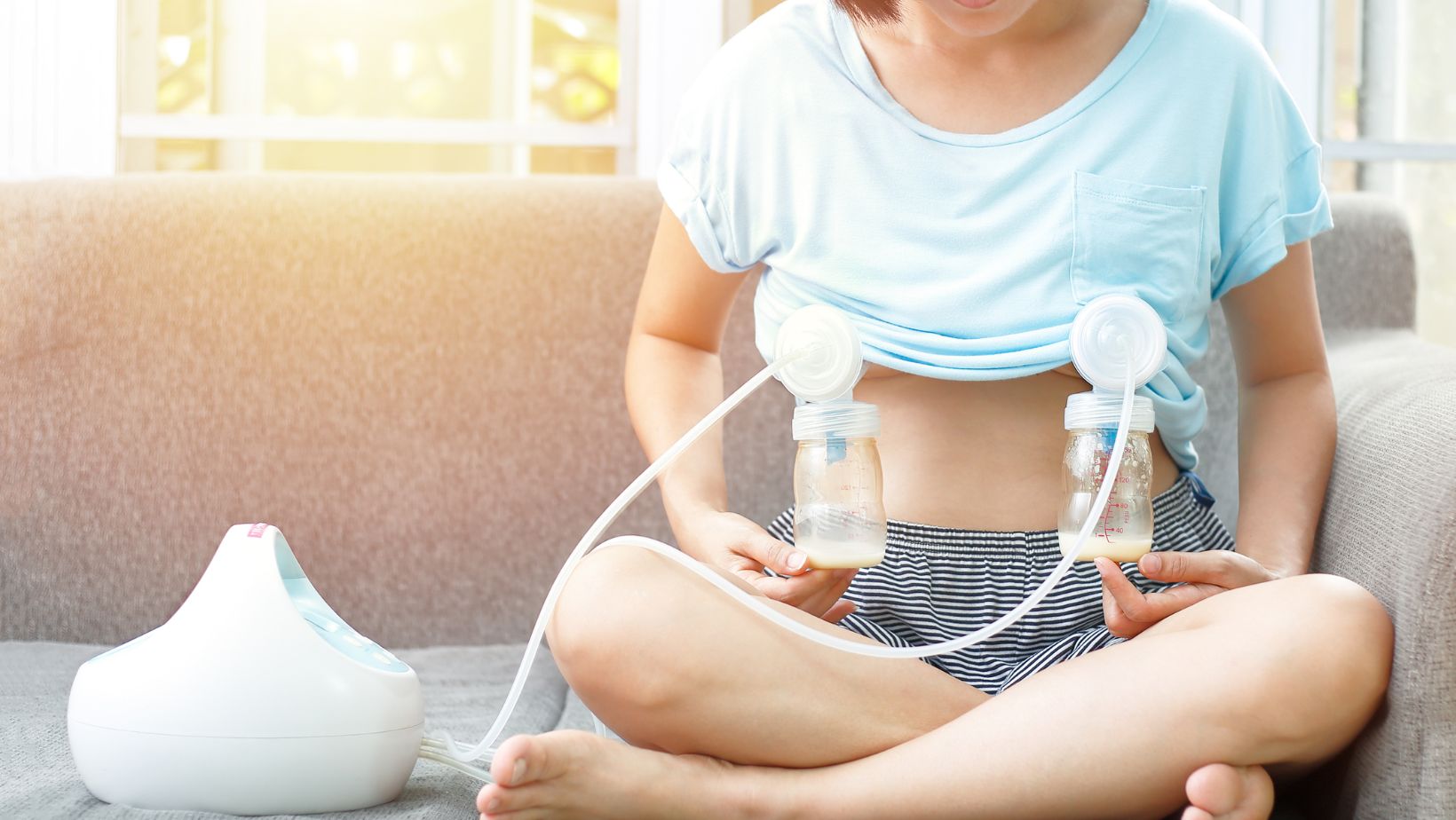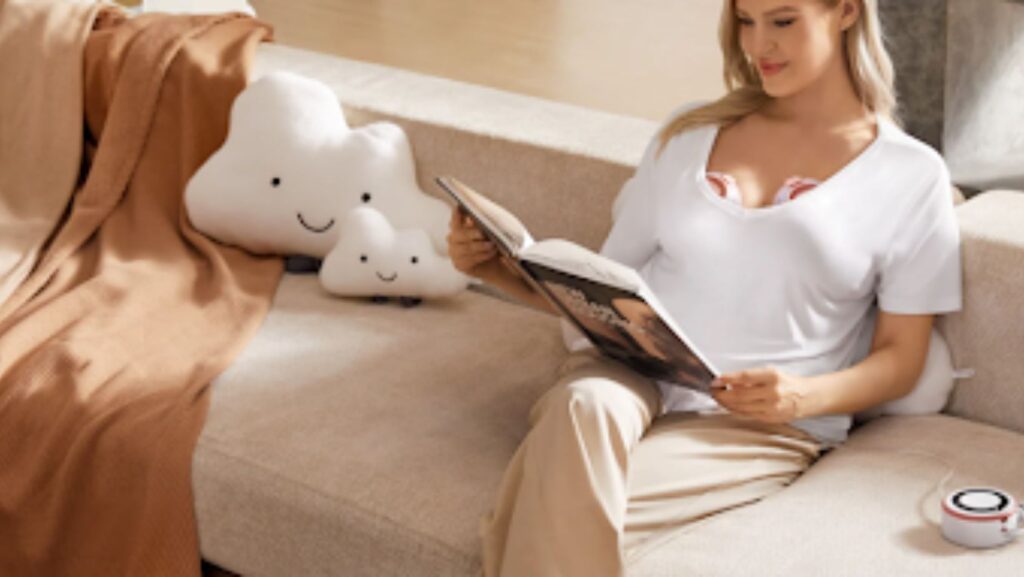Finding the best breast pump can seem like navigating a maze, especially with the abundance of choices out there. Whether you’re a new mom or a seasoned one looking for an upgrade, grasping the differences between handheld and wearable breast pumps is essential. In this guide, we’ll explore the advantages and disadvantages of these two types so you can find the best breastfeeding pump that fits your lifestyle. Keep reading and find out!
What Are Breast Pumps?
Before we jump into the comparison, let’s clarify what a breast pump is and how it operates. A breast pump is a wonderful device that assists mothers in extracting milk from their breasts, so it’ll be easier to feed their babies even when they aren’t nursing directly. There are two main kinds of breast pumps: handheld and wearable.
How Breast Pumps Work
Breast pumps work by generating a gentle vacuum that simulates the natural sucking motion of a baby. This process stimulates milk flow and allows you to collect breast milk efficiently. The choice between a manual or electric pump often comes down to personal preference and lifestyle needs.
Handheld Breast Pumps
Handheld pumps are typically smaller and more straightforward than their wearable counterparts. If you opt for a manual pump, you’ll need to use your hand to create suction.
Advantages of Handheld Breast Pumps
- These pumps are often lightweight and easy to transport. You can throw a manual pump in your diaper bag without worrying about batteries or power cords.
- As for price, handheld pumps usually come out on top. They’re generally less expensive than electric and wearable alternatives, making them a great option for budget-conscious moms.
- With a manual pump, you have complete control over the suction strength. This can be beneficial if you know your preferences or have specific needs based on your body.
Disadvantages of Handheld Breast Pumps
- Manual pumps necessitate some arm strength and may not be as efficient for extended pumping sessions. Even electric handheld pumps require you to hold them if without a suitable pumping bra, which can become tiring over time.
challenging to read a book or scroll through your phone while trying to pump.
- Handheld pumps tend to be bulkier and less discreet than wearable pumps, which might make pumping in public feel awkward.
Wearable Breast Pumps
Now, let’s turn our attention to wearable breast pumps, also known as hands-free pumps. These devices are designed to allow mothers to pump breast milk while going about their daily activities. If wearable breast pumps fit snugly into your bra, it can allow for a truly hands-free experience. Many of these pumps are battery-operated and wireless, so it’s incredibly convenient for busy moms on the go.
Advantages of Wearable Breast Pumps
- The key advantage of wearable pumps is their convenience. You can wear them under your clothing and pump while taking care of chores, working, or even relaxing.
- Most wearable pumps are designed to be quieter than traditional pumps and can be worn out of sight. You don’t need to worry about drawing too much attention while you breast pump in public anymore.
- Many women find that hands-free pumps offer a more comfortable experience as they eliminate the need to hold the device in place.
- Because your hands are free, you can easily take part in other activities while pumping— it could be working at your desk or playing with your child.
Disadvantages of Wearable Breast Pumps
- Wearable breast pumps often come with a higher price tag compared to handheld models. While investing in quality is essential, it’s crucial to consider your budget.
- Some of the best wearable breast pumps may not offer the same level of suction control as handheld pumps. This could be an issue for those who prefer customized settings.
- Finding the right fit can be challenging. Not all wearable pumps will fit every body type comfortably, so it’s important to consider the breast pump flange size for optimal performance.
Key Factors to Consider When Choosing a Breast Pump
When selecting the right pump for you, several factors come into play. Let’s break these down.
Lifestyle Considerations
Think about how often you plan to pump. If you’re a full-time working mom, a portable breast pump or a hands-free breast pump might be ideal. For busy schedules, a wearable breast pump like the Momcozy S12 Pro Wearable Breast Pump could make a big difference. This pump snugly fits against your breasts, pumping more efficiently while preventing leaks. There are no wires tangle, so it provides freedom for ultimate multitasking, which helps you balance nursing with your daily activities seamlessly.

Budget and Cost-Effectiveness
Evaluate what you can afford upfront. While some of the best portable breast pumps are pricier, many affordable options perform well for occasional use. Also, don’t forget about whether you’ll need to replace parts or if the pump will last through multiple children. Sometimes, spending a bit more on a durable breast pump pays off in the long run.
Comfort and Personal Preference
Everyone’s body is unique, and your comfort may depend on how well the pump fits. If you choose a wearable option, ensure you check the breast pump flange size for proper fit. To save your time and effort in the long run, look for pumps that have fewer parts or are dishwasher-safe.
FAQs:
1. Can you lie down with a wearable breast pump?
Yes, many moms do find it comfortable to lie down while using a wearable breast pump. But, it’s vital to make sure that the pump fits securely and is positioned correctly to avoid leaks. Some mothers prefer to recline slightly rather than lie flat to maintain optimal suction and prevent any spillage.
2. How do I know which breast pump flange size to choose?
Most brands offer multiple flange sizes, and it’s typically recommended to measure your nipple diameter while it’s not engorged. You can also consult the sizing chart provided by the manufacturer or speak with a lactation consultant for personalized advice.
3. What features should I look for in a hands-free breast pump?
When choosing a hands-free breast pump, look for features such as adjustable suction levels, battery life, ease of cleaning, lightweight design, and comfort fit. Also, consider whether the pump offers a discreet profile for wearing under clothing— that can make it easier to pump on the go.
4. Is it possible to alternate between a handheld and a wearable breast pump?
Absolutely! Many mothers find it beneficial to use both types of pumps depending on their needs at different times. For example, a handheld pump might be preferred at home for more controlled pumping sessions, while a wearable pump could be ideal for busy days out or at work.

Pick the Best Breast Pump for Your Needs
Ultimately, the decision between a handheld or wearable breast pump is influenced by your unique needs and situation. Handheld pumps are easy to carry and budget-friendly, while wearable pumps excel in their convenience and subtlety. As you explore your choices, take your lifestyle, budget, and comfort preferences into consideration. Each type offers unique pros and cons, but finding the right fit will make your breastfeeding journey smoother and more enjoyable.

